Photo Illustration (Peter Snarr/ Xpress)
By Drake Newkirk
[dropcap size=”50px”]F[/dropcap]lashing lights, roaring fans, play by play analysis, giant screens, a sold out arena, two teams, one trophy, millions of dollars in prize money and performance enhancing drugs. These things can be found at any championship sporting event, but the same is true for eSports and competitive video gaming. Popularity and prize pools have grown for eSports. Analytics firm, Newzoo, estimates that there are 116 million eSports enthusiasts who view video game related content more than once a month.
Nearly nine million unique viewers on Twitch, an online video streaming service, watched a four-day multi-game tournament in Poland, organized by Electronic Sports League in March.
“I don’t even care, we were all on Adderall,” said Kory “Semphis” Friesen in an interview referring to competitors at ESL Katowice. Teams competed for a $250,000 prize pool. Since then, critics have questioned whether or not video game tournaments have doping problems similar to those of mainstream sports. Friesen’s former team, Cloud9, took first place in the video game Counter Strike: Global Offensive.
The suspected performance enhancing drug is Adderall, a prescription medication issued primarily to treat attention deficit hyperactive disorder. Its effects on video game performance have not been studied, but it is believed to heighten the player’s focus and reaction times in games.
Learning From Your Predecessors
The Major League of Baseball banned steroid use in 1991, but that didn’t stop athletes from using them to gain an advantage. Steroids were believed to be used by numerous MLB players between the 1980s and into the 2000s. The MLB didn’t implement performance enhancing drug tests until 2003, when the widespread use of steroids ran through the league.
ESL responded to the issue by implementing the same drug testing and substance bans as the Olympics and World Anti-Doping Agency in their most recent tournament – ESL Cologne. Players were tested and none were disqualified.

“I was not surprised but still happy to hear that ESL Cologne was found to be 100 percent clean,” said Jack Etienne, founder of Cloud9, a competitive gaming company. “As I suspected it was just blown out of proportion and I hope it can be put to bed now.”
The ESL Rulebook section 2.6.4 states “To play a match, be it online or offline, under the influence of any drugs, alcohol, or other performance enhancers is strictly prohibited, and may be punished with exclusion from ESL One.” This is the only mention of substances throughout the rule book.
The implementation of PED policies are controversial, some question whether or not the measures are necessary.
“ESL’s drug testing policy is more of a publicity stunt than a legitimate solution to a real problem, CS:GO’s real problem is straight up aimbotting and wallhacking,” said David “LD” Gorman, co-founder of Beyond the Summit, a playcasting studio for the game Defense of the Ancients 2. “Fortunately the steps the majors take now to prevent those at (Local Area Network) events seem to be pretty effective.”

The real problem is using cheats downloaded from the cloud. Aimbotting and wallhacking is a cheat which uses a program to automatically aim and fire at the enemy and provides the player with x-ray vision to see enemy players through walls. This provides the cheater with an advantage by knowing where the enemy is coming from and when they will be exposing themselves from cover. Organizers have since forbid players to use flash drives and cloud downloads of their personalized configuration files. Instead, players must hand-write the configuration, line by line, to be inspected and entered into the computers by tournament administrators.
“I hope that ESL will enforce the policies,” said Chris “Mudsliide” Slaughter, a professional Heroes of the Storm player. “I think that drug testing is something that’s needed to progress the scene further.”
Michael Poropat, an attorney who focuses on eSports agrees.
“I think it’s something that needs to be done in order for eSports to continue to grow and continue to be considered legitimate,” Poropat said.
“I respect their effort, but I also think that its to save face,” said CJ Scaduto, President of Showdown.gg, an eSports tournament promotion company. “They’re trying to be taken more seriously like an MLB and NFL.”
Top tiered teams are directly invited to participate in the tournaments, however, lesser known teams have to compete in online qualifiers for a seat at the main event, known as a LAN
Slaughter mentioned the fact that tournament organizers can’t drug test players during the online qualifiers. Depending on the tournament, qualifying for the LAN will secure the team prize money. At The International 5, the 16 teams that qualified for the LAN secured a minimum of $55,289. Prize money for all eSports has grown over the past 10 years. Newzoo estimates $71 million will be awarded this year.
A Growing Industry, and Growing Scrutiny
The eSports industry is exploding and everyone wants to get involved. Amazon outbid Google in acquiring video game streaming website, Twitch.tv, for nearly $1 billion last August. In response, Google launched YouTube Gaming to compete with Twitch in August of this year.
“We’re getting to a point where esports are so big now you have these non-endemic sponsors entering this space, the amount of (venture capital) funding is increasing,” said Bryce Blum, an attorney who specializes in eSports.
There are numerous games and dozens of tournament organizers, but zero standardization of leagues, cheating policies and rules. According to Newzoo, eSports revenue will surpass $250 million this year, and that the fan base will grow by up to 37 percent.
Slaughter and Blum, among others, argue that regulation is necessary to uphold the integrity of competition. Others, like Jack Etienne, founder of Cloud9, believe the issue was exaggerated.
“There has been some misconceptions of professional video game players and specifically the CS:GO players that they use illegal drugs to help them focus,” Etienne said. “It’s something my players specifically are against and we welcomed the tests to clear the air once and for all.”
With hundreds of thousands of dollars on the line in every major tournament, organizers must do all they can to protect the integrity of competition. In August, Valve hosted its flagship tournament, The International, which boasted a prize pool of more than $18 million, with $6 million awarded to the first place team of Defense of the Ancients 2. Valve posted a base prize pool of $1.6 million, which grew from sales of digital, in-game items, to be the world’s largest eSports prize pool.
Both Defense of the Ancients and League of Legends fall into the multi-player online battle arena genre, where teams outwit and outplay the other to victory. These games are strategy focused, and slower paced than the twitch reaction, First Person Shooter games, such as CS:GO.
“In something like Counter Strike, (Adderall) helps you, but in these games, I don’t believe it does, so I don’t think it will ever be a problem within the MOBA scene.” Slaughter said.
Despite all discussion and policy implementation, there is a surprising lack of statistics and hard evidence regarding the substance in the competitive gaming scene.
“We don’t really know what the scope of substance abuse in eSports is because it has never really been studied. All the evidence is anecdotal,” Blum said.
As a relatively new competitive industry, eSports has more obstacles to encounter and resolve. The use of Adderall at ESL Katowice may have been an anomaly, however, Friesen’s comments in the interview ignited a discussion that will undoubtedly help progress eSports.


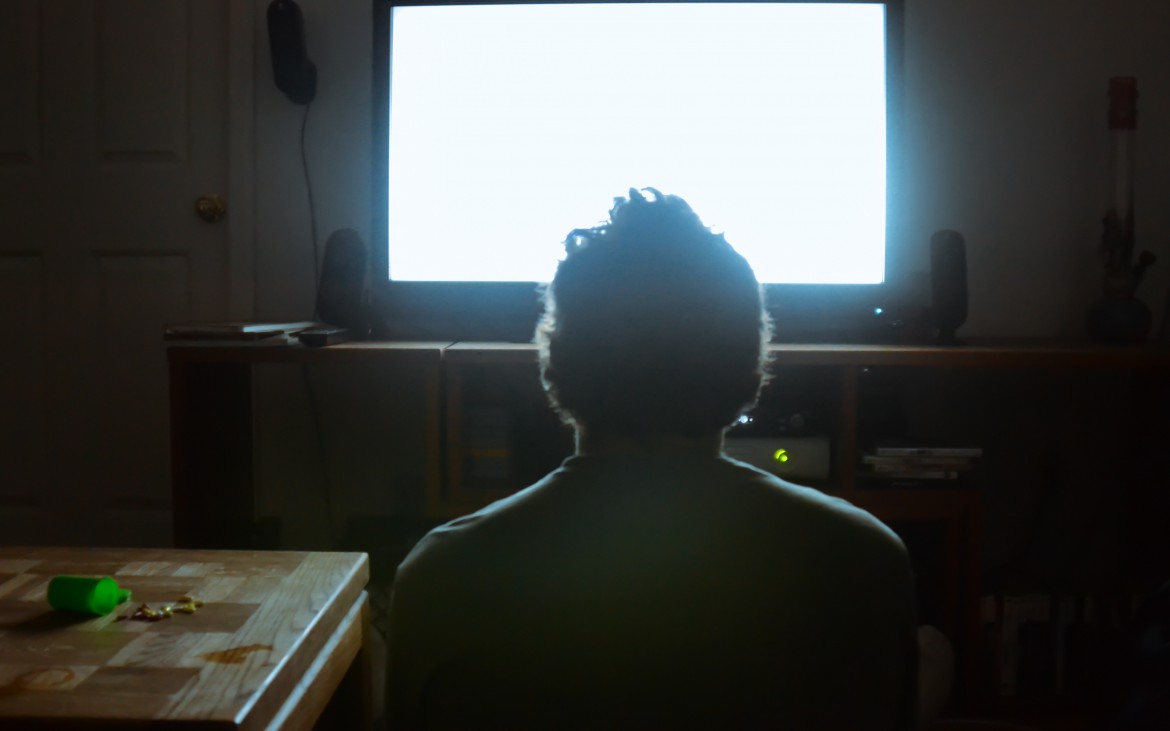


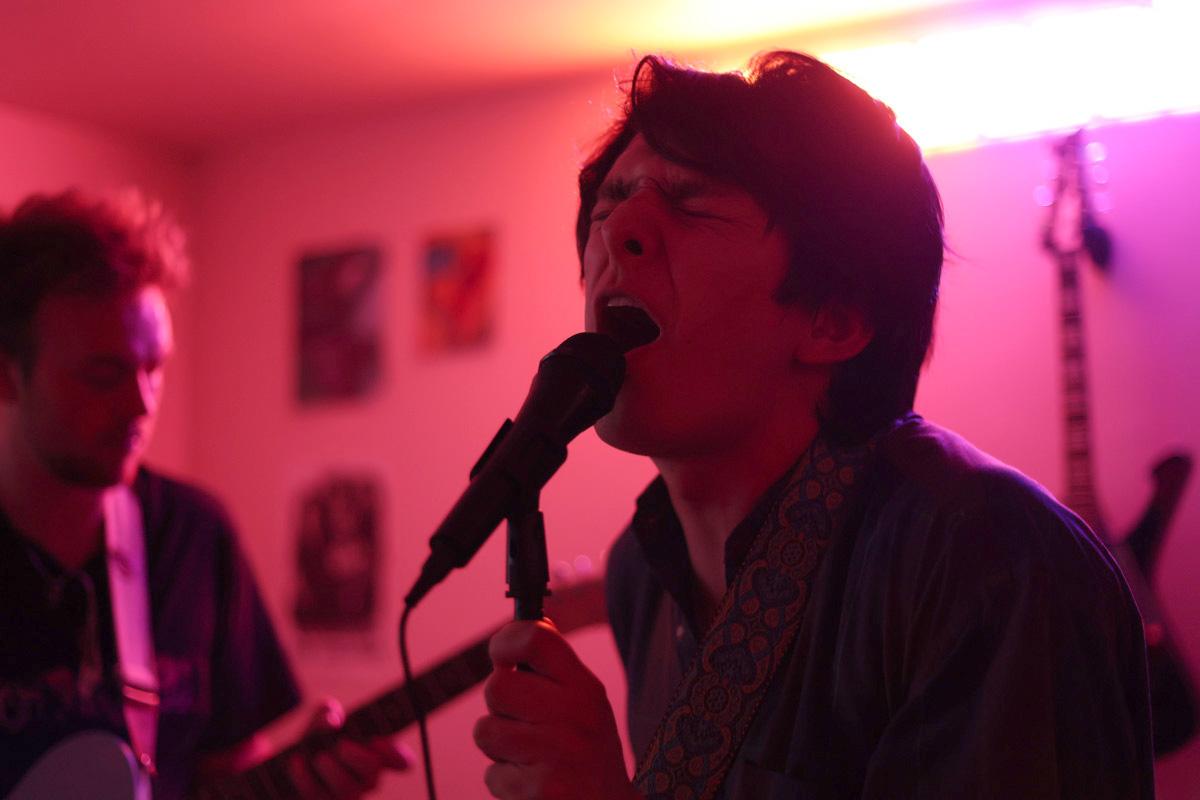
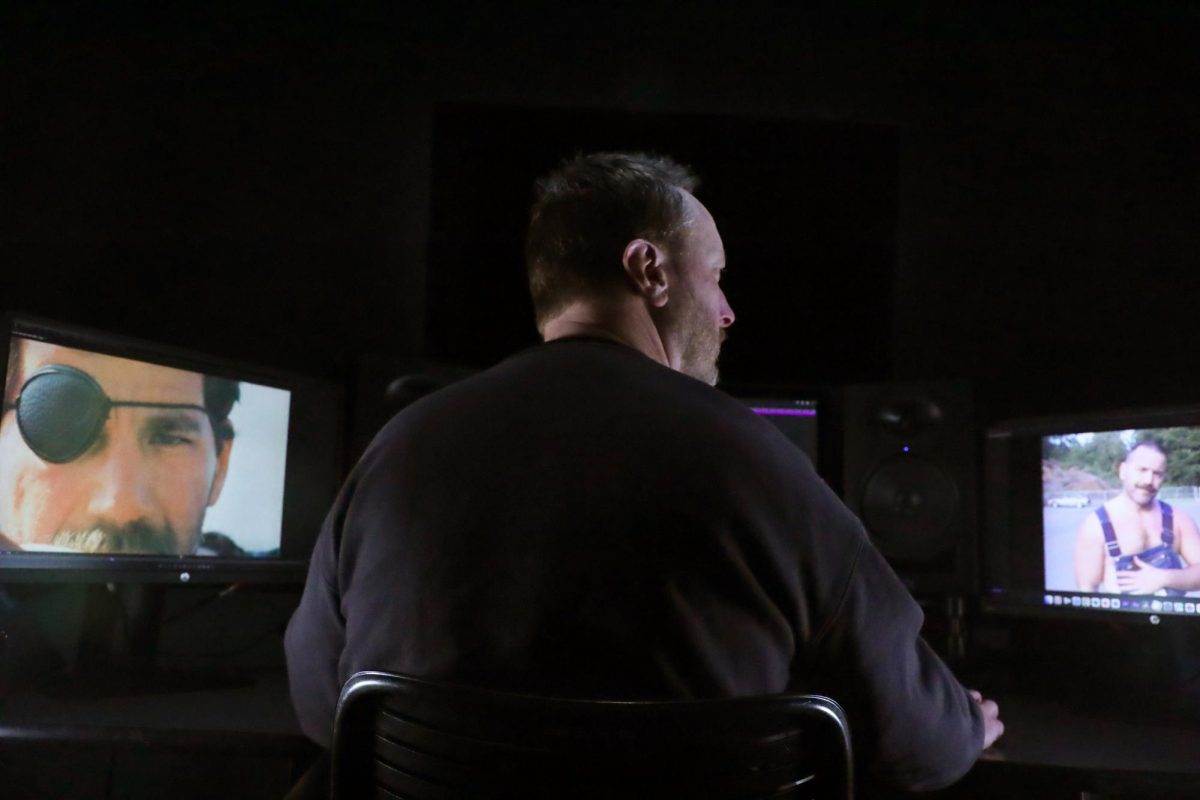
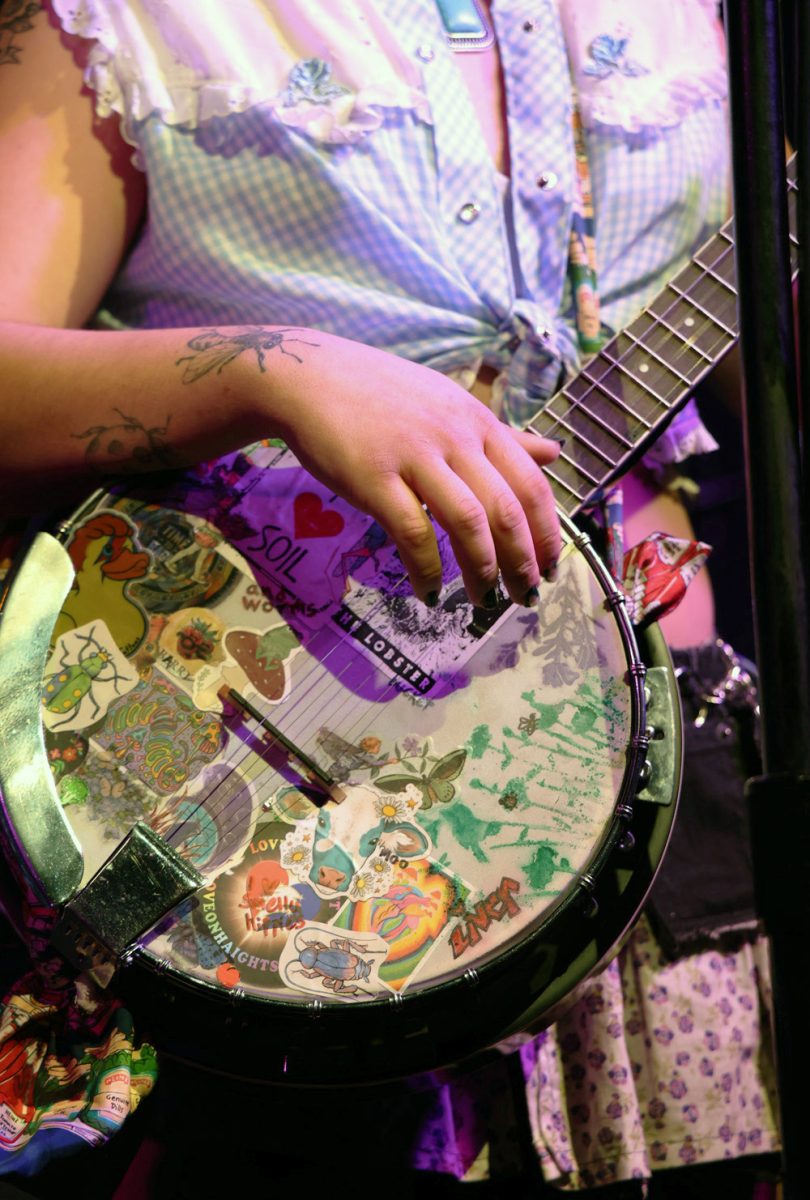

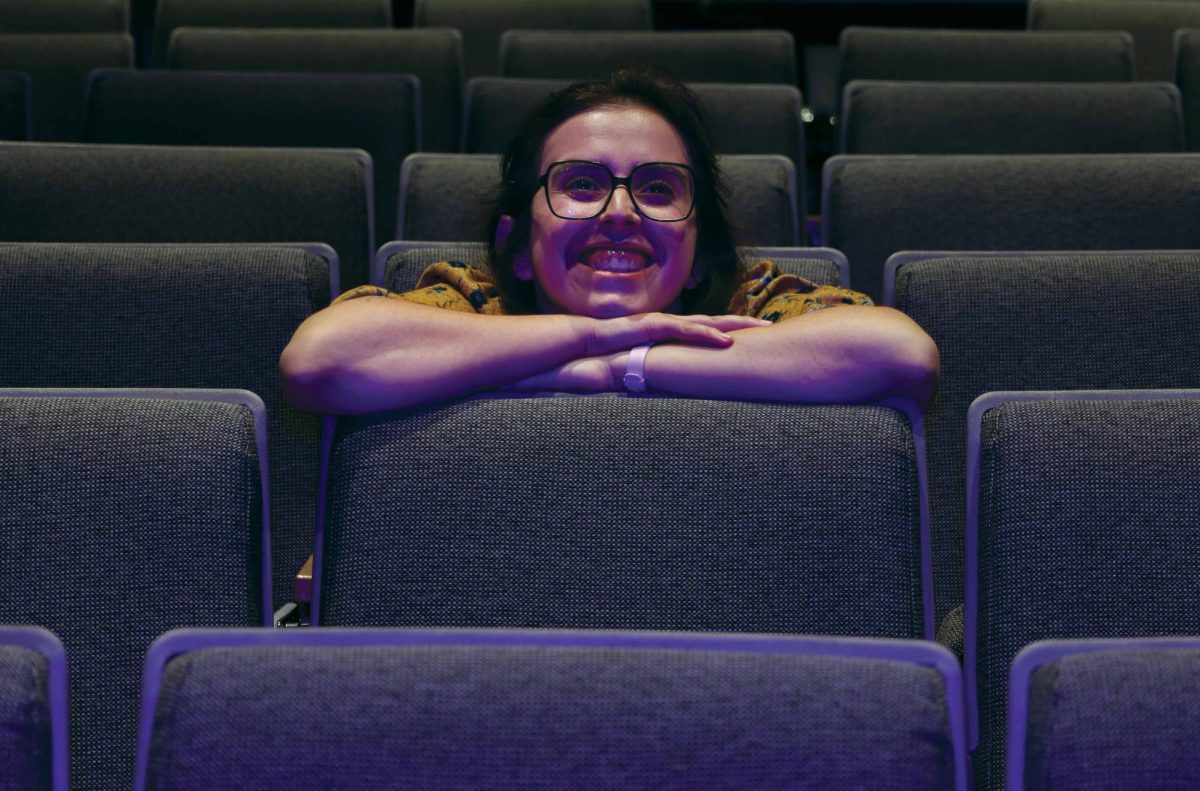
csgo karambit • May 15, 2016 at 8:30 am
I know this web page provides quality depending articles or reviews and extra data, is there any other site which presents these kinds of information in quality?